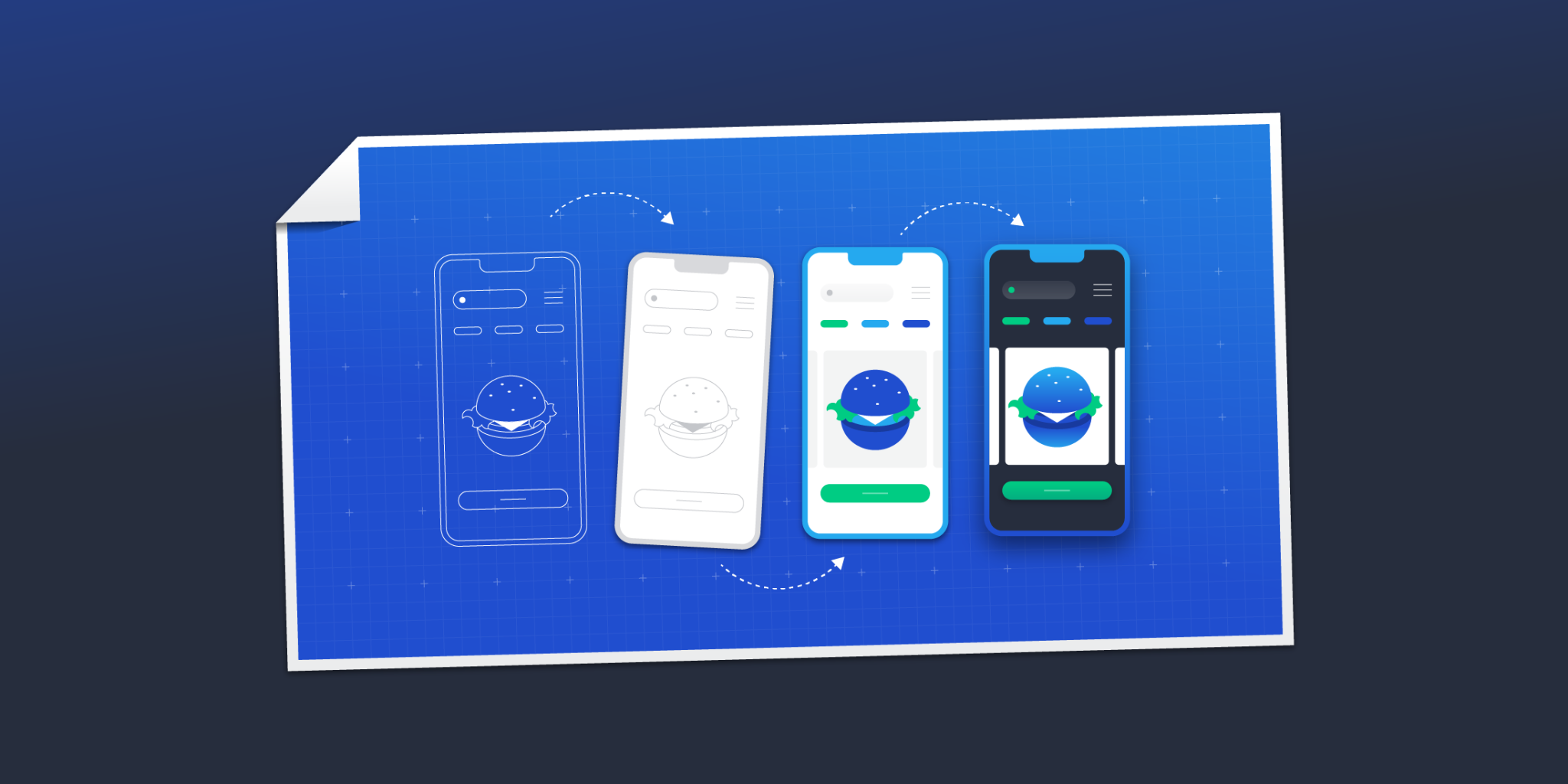4 Steps to Mastering the MVP Development Process
In the world of startup products, design resources are scarce. This four-step MVP process helps designers build and launch user-friendly products on time without blowing their budgets.

Calin Balea
Multilevel Menu Design Best Practices
Navigation can be a UX minefield. Apply these guidelines to design intuitive multilevel menus that increase findability and offer a consistent experience across devices.

Andris Suipe
Information Architecture Principles for Mobile (With Infographic)
By applying information architecture principles to mobile sites and apps, designers infuse content with much-needed structure and help users accomplish their goals with ease.

Micah Bowers
COVID-19: The Ultimate Design Thinking Use Case
We are living in extraordinary times as COVID-19 continues to cause crises across the world. Could designers make use of design thinking to solve urgent problems and come up with innovative solutions?

Miklos Philips
Design’s Driving Forces: A Website Redesign Case Study
When is the most appropriate time to do a website redesign? This case study walks us through a website redesign for a high-end auto company and outlines key issues along the way.

Goran Ramljak
Design Foundations – A Guide to Visual Hierarchy (with Infographic)
Understanding and implementing visual hierarchy principles gives designers an advantage in creating persuasive designs that convey necessary information while creating a delightful user experience.

Cameron Chapman
Card Sorting: Better Information Architecture by Aligning with Users' Mental Models
Users shouldn’t need insider knowledge to find what they’re looking for on the web. Card sorting lets designers create intuitive UX by organizing content the way customers do in their minds.

Micah Bowers
New Web Order: An Overview of Content-first Design
Designers do not simply decorate, they create an experience of moving through content. There are various strategies available that align the client and team in creating content that will result in better designs.

Robert Suckley
The Comprehensive Guide to Information Architecture
As a standard part of the UX process, designers create information architecture when building products. Learn about information architecture—how designers and product managers build an IA using design principles, as well as IA tools and best practices.

James Pikover
World-class articles, delivered weekly.
Toptal Designers
- Adobe Creative Suite Experts
- Agile Designers
- AI Designers
- Art Direction Experts
- Augmented Reality Designers
- Axure Experts
- Brand Designers
- Creative Directors
- Dashboard Designers
- Digital Product Designers
- E-commerce Website Designers
- Full-Stack Designers
- Information Architecture Experts
- Interactive Designers
- Mobile App Designers
- Mockup Designers
- Presentation Designers
- Prototype Designers
- SaaS Designers
- Sketch Experts
- Squarespace Designers
- User Flow Designers
- User Research Designers
- Virtual Reality Designers
- Visual Designers
- Wireframing Experts
- View More Freelance Designers
Join the Toptal® community.








